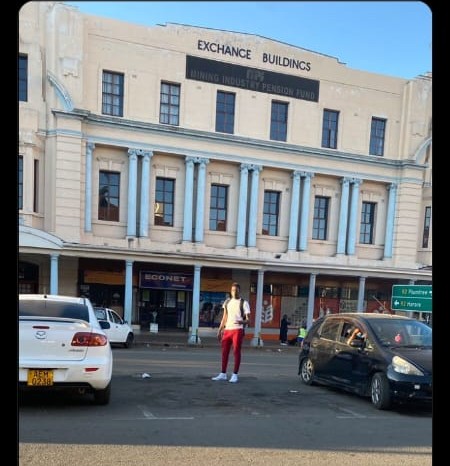Angelah Nothando Mlotshwa
Environmental and Health Reporter
Bulawayo is adorned with several monumental buildings that have been preserved in their stature.
Such buildings as the National Art Gallery at the corner of Leopold Takawira Avenue and Joshua M N Nkomo Street.
Another preserved building is the Centenary Building found on the same J M N Street before 6th Avenue from the Art Gallery.
Recently the headquarters of Catholic Church on 9th Avenue and Lobengula Street was declared a Basilica, meaning a large oblong hall or building with double colonnades and a semi circular apse with a respectful status granted by the Pope to recognize its architectural sacramental importance .
The church was constructed using granite stones from Matopo hills and architectural design from Croatia.
The City of Kings and Queens with its extraordinary architectural infrastructure holds one of the ancient buildings that Cecil John Rhodes used to ‘chill’ and sip his alcoholic beverage.
Actually, the Exchange Buildings in Bulawayo was the first Stock Exchange in the country.
This was revealed by Bulawayo’s Director of Museums and Monuments as he presented at the Astshoveni Expo held last month at the Large City Hall.
“History has it that after Cecil John Rhodes had overseen trade at the Stock Exchange, he would join his friends at the Exchange Bar for a drink.” Explained Chauke.
The Exchange Bar still exist.
As mentioned above the building derived its name from being the first ever Stock Exchange in Zimbabwe. Companies which traded at this Exchange also participated in the New York and London Stock Exchange.
The Exchange Building housing the first Stock Exchange in the country was the epicenter of Southern Africa development. Traders thronged this building to exchange their stock from their companies.
Adjacent to the Exchange Building, the Centenary Building miners exchanged their minerals.
Some of Kwantuthu Ziyathunqa buildings carry a very rich history which many are not aware of. This history encompasses the developments of not only Bulawayo or Zimbabwe, but the world over.
One can then argue that Bulawayo was Southern Rhodesia’s capital not Salisbury (Harare). Cecil John Rhodes cherished the Royal City.
The now Master of the High Court building at Leopold Takawira Avenue and Robert Mugabe Way was known as Cape to Cairo.
The history behind Cape to Cairo was Rhodes’ dream to construct a rail line that would stretch from Cape Town in South Africa to Cairo the Egyptian capital.
Rhodes did realise this dream as he planned to conquer and rule the whole of Africa, economically.
There are several such other buildings and sites that would place Bulawayo onto the tourist attractions map if the City of Bulawayo and the Zimbabwe Tourism Authority would heed Chauke’s call to expose these buildings and sites.
The history of Bulawayo should be availed to residents and Zimbabwe’s Citizens for many do not know how rich history can be beneficiary.
The City of Kings and Queens was the economic capital of the country because of its rich background and infrastructural development, that has changed as Harare has taken over everything.


